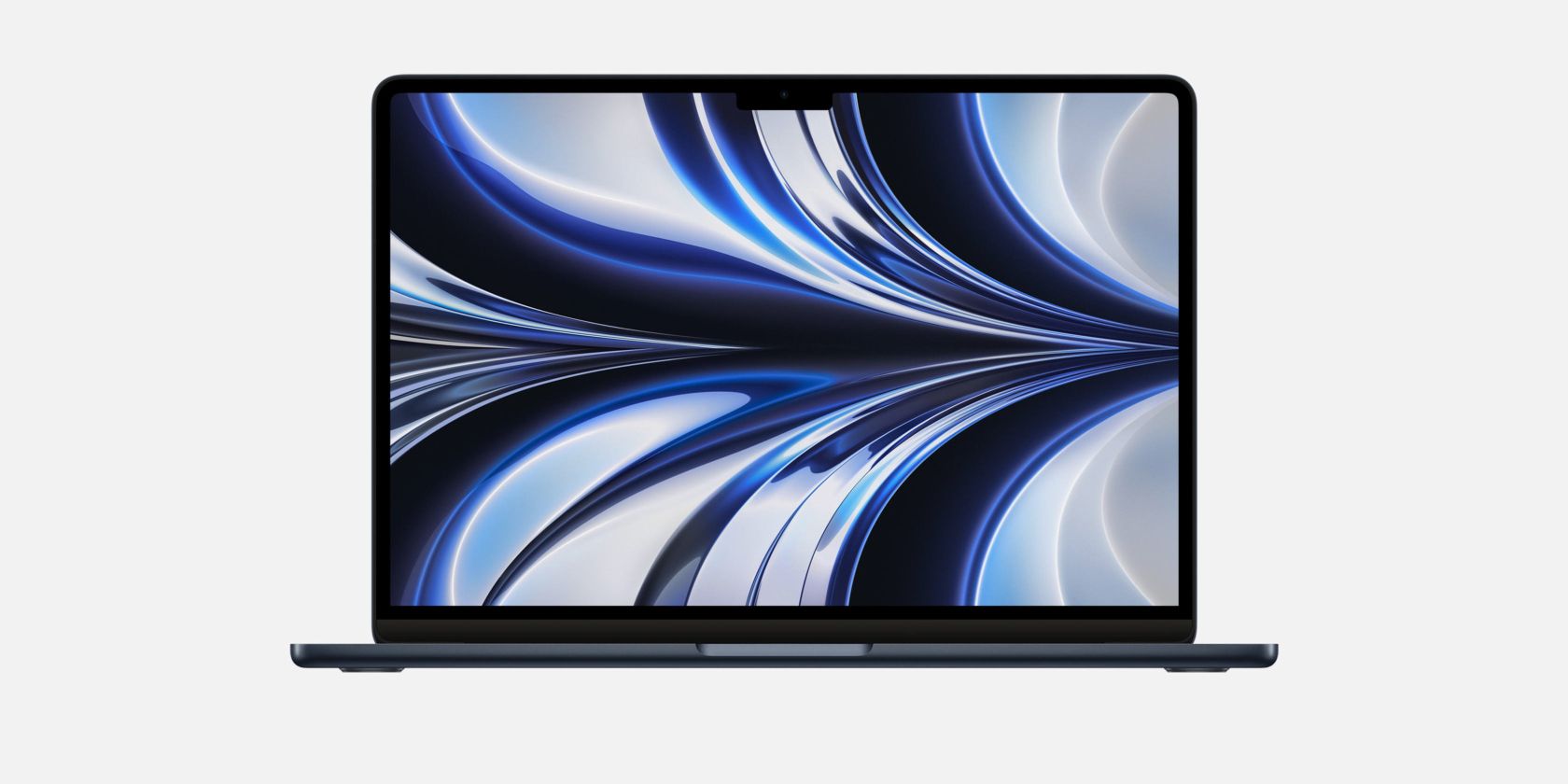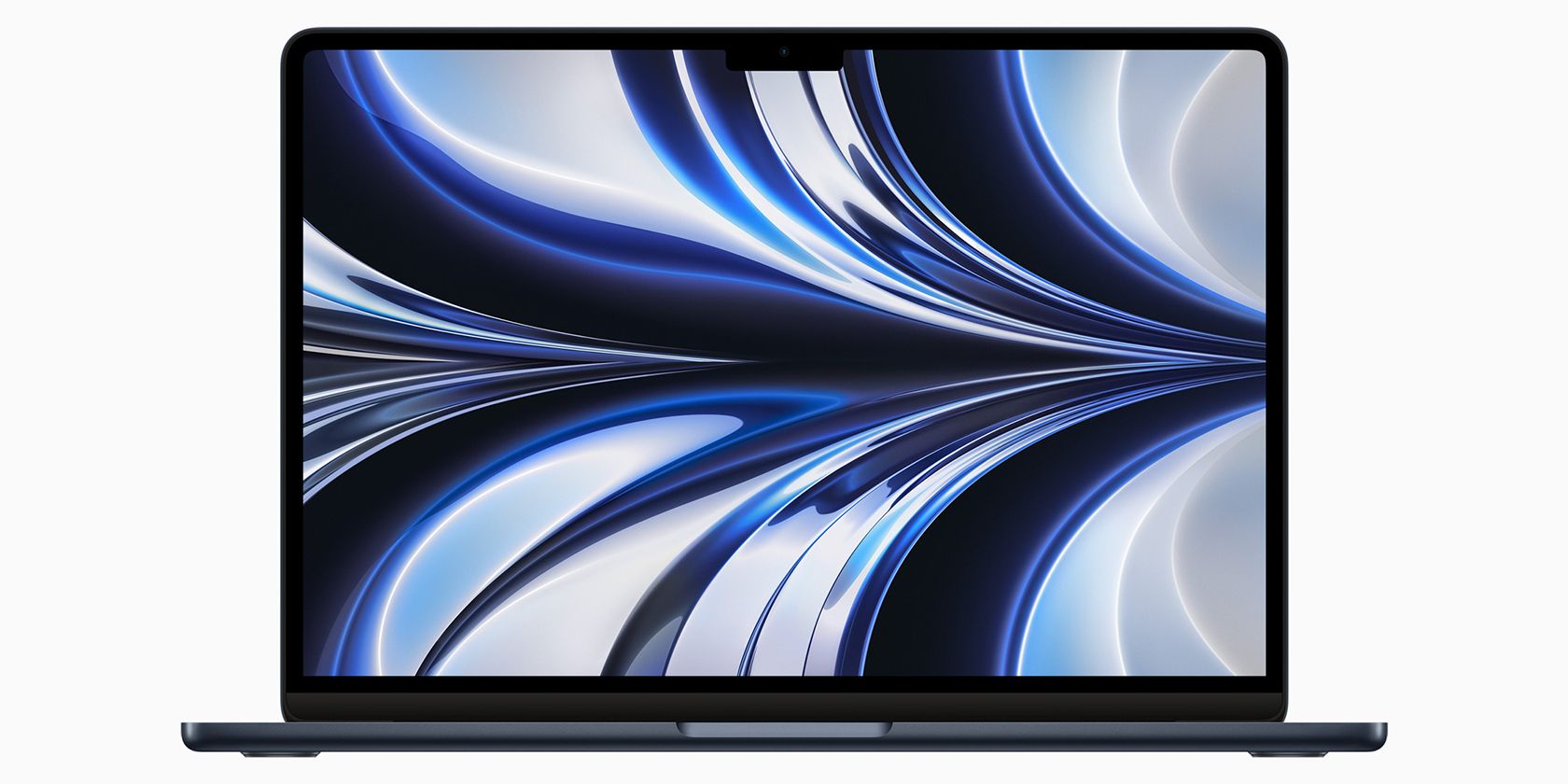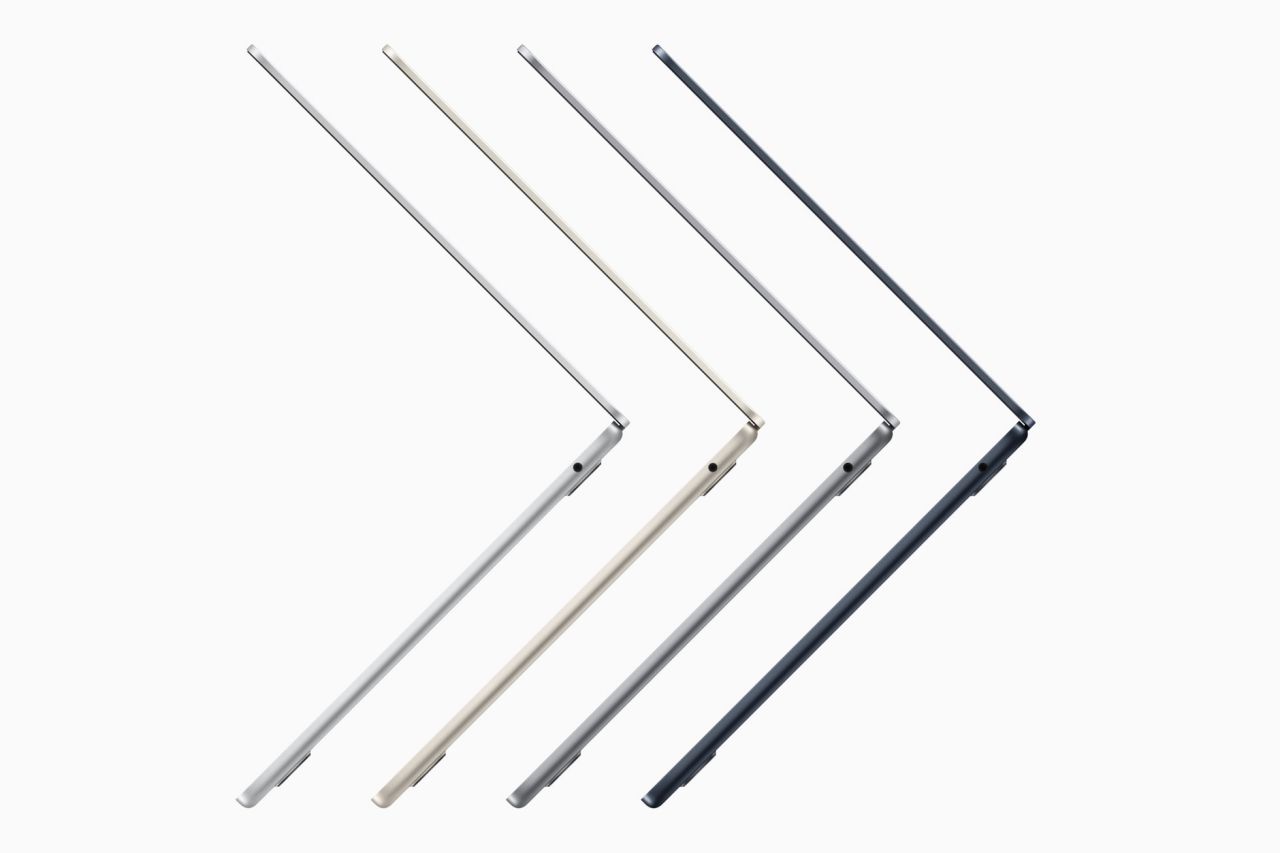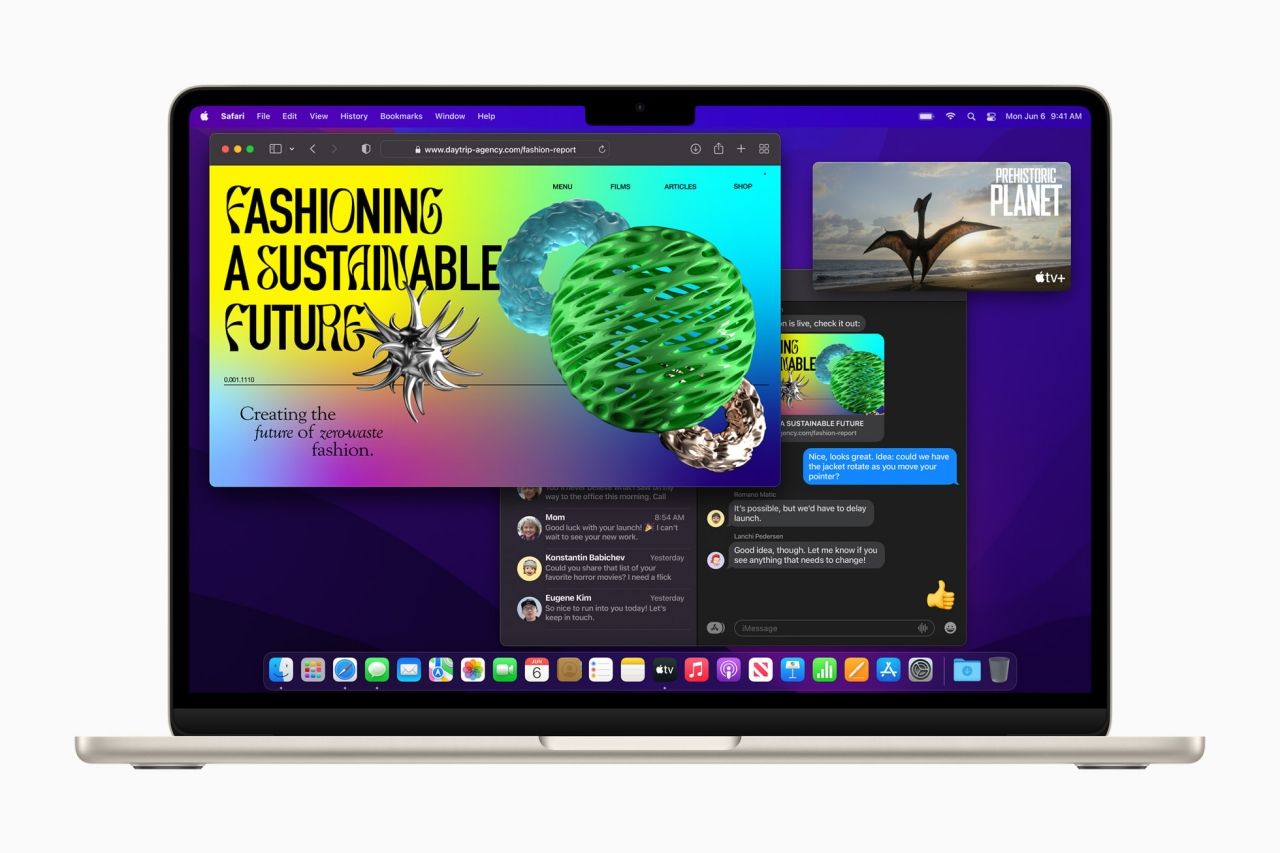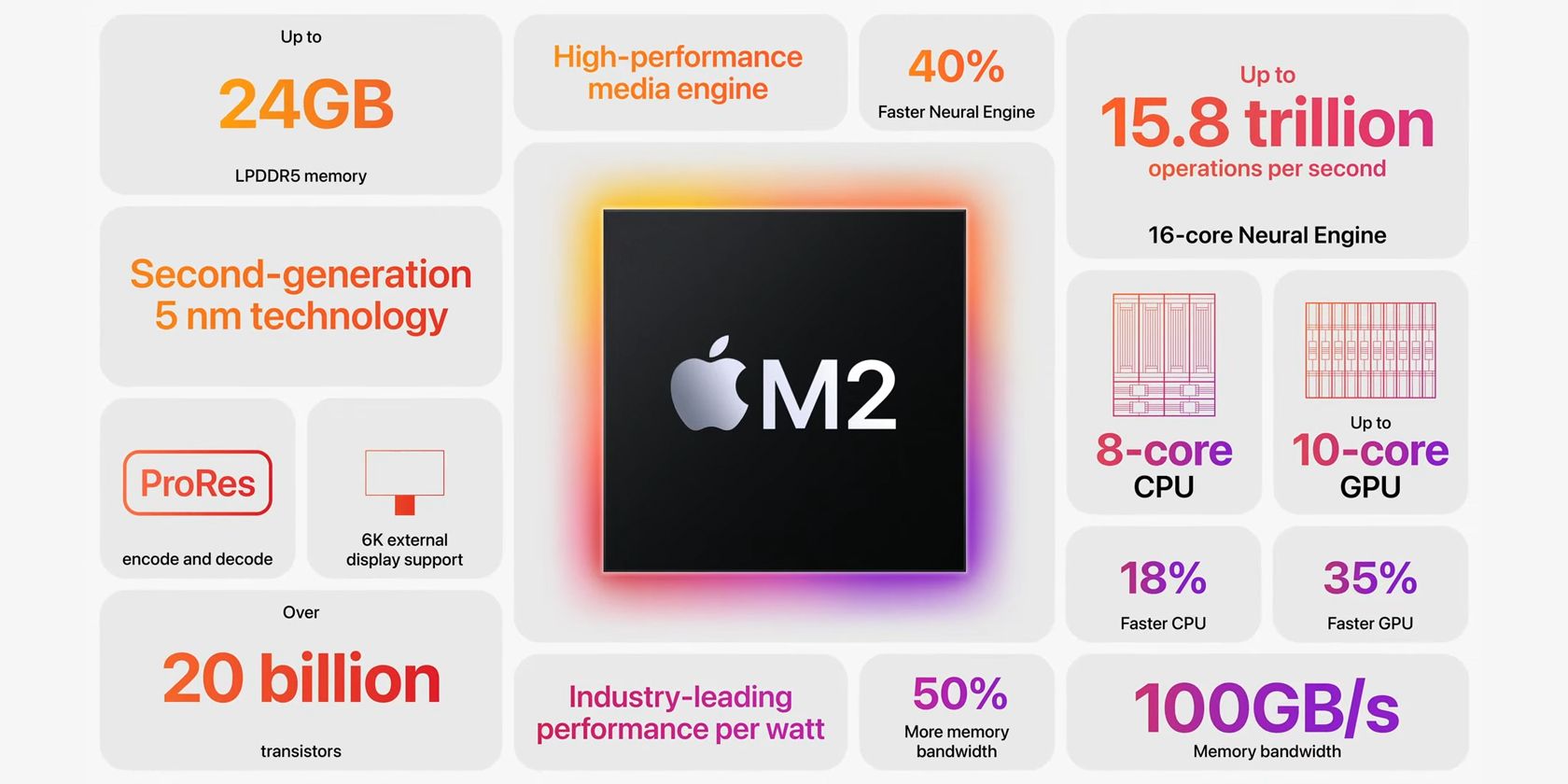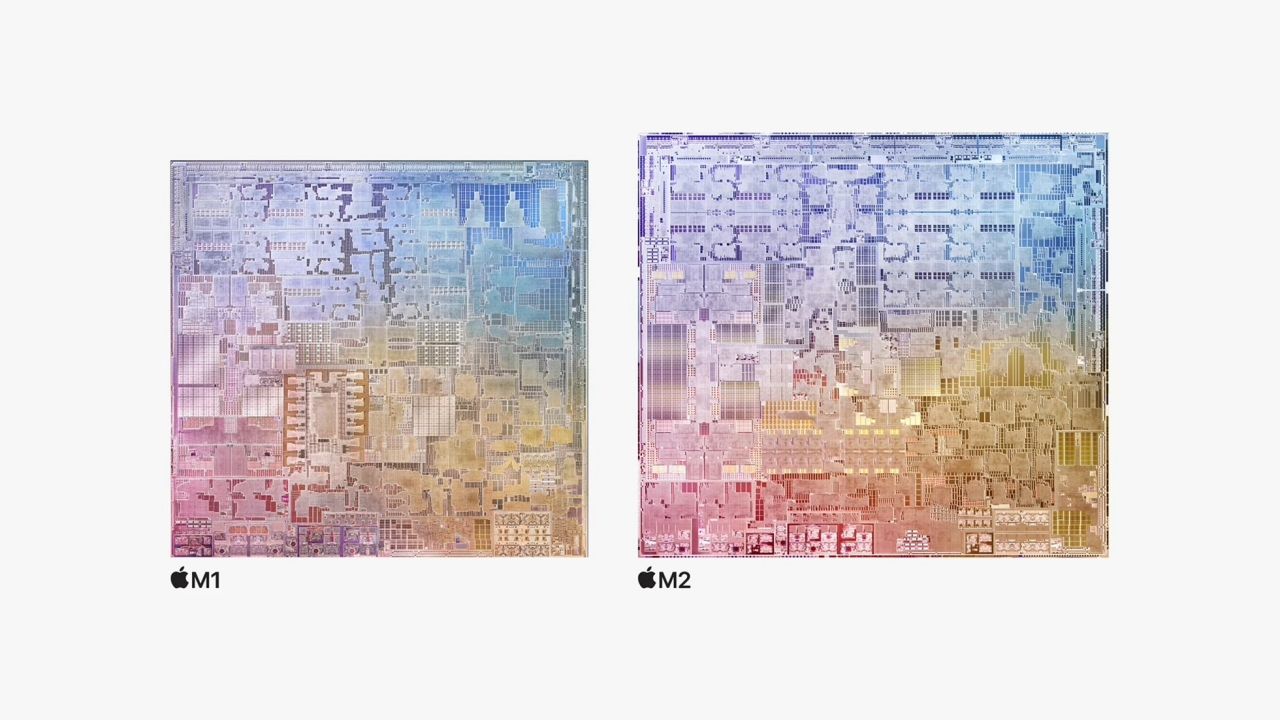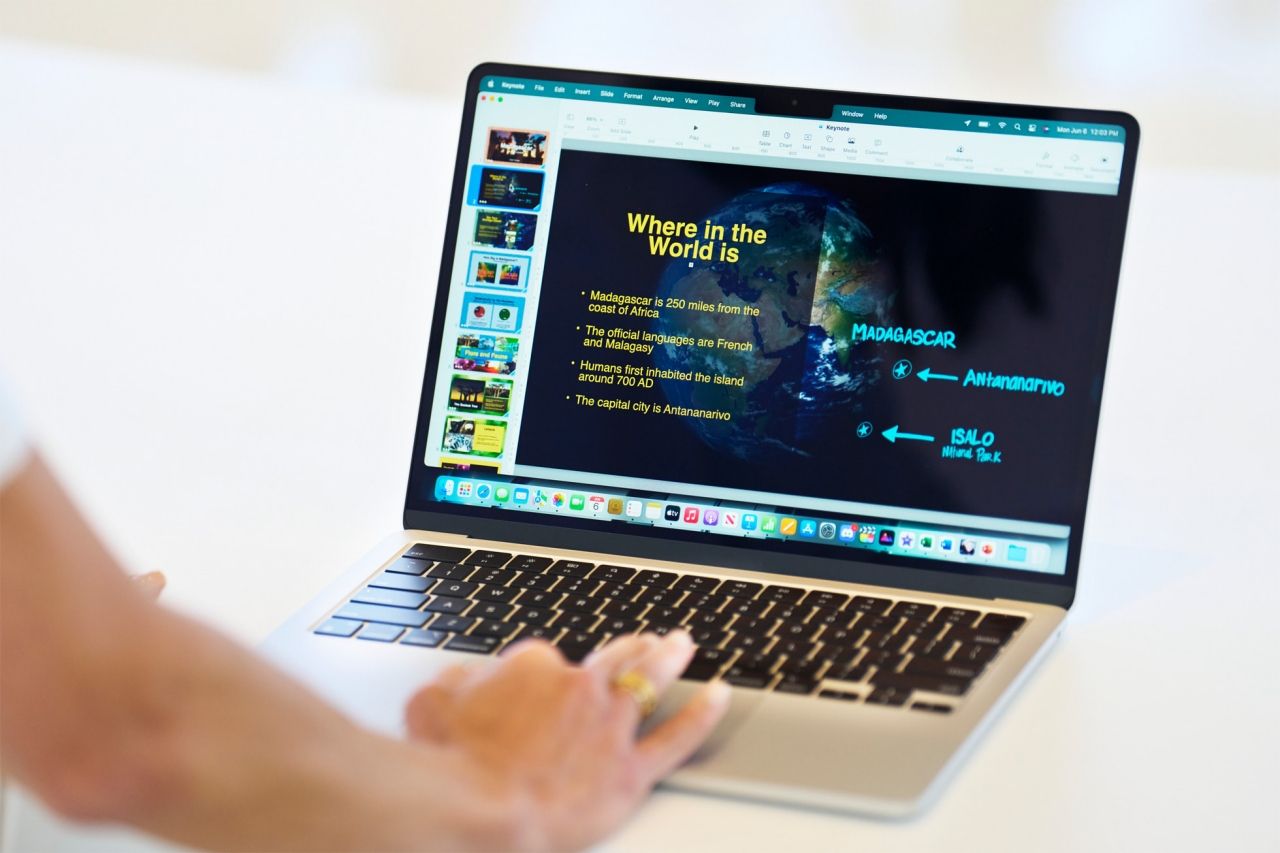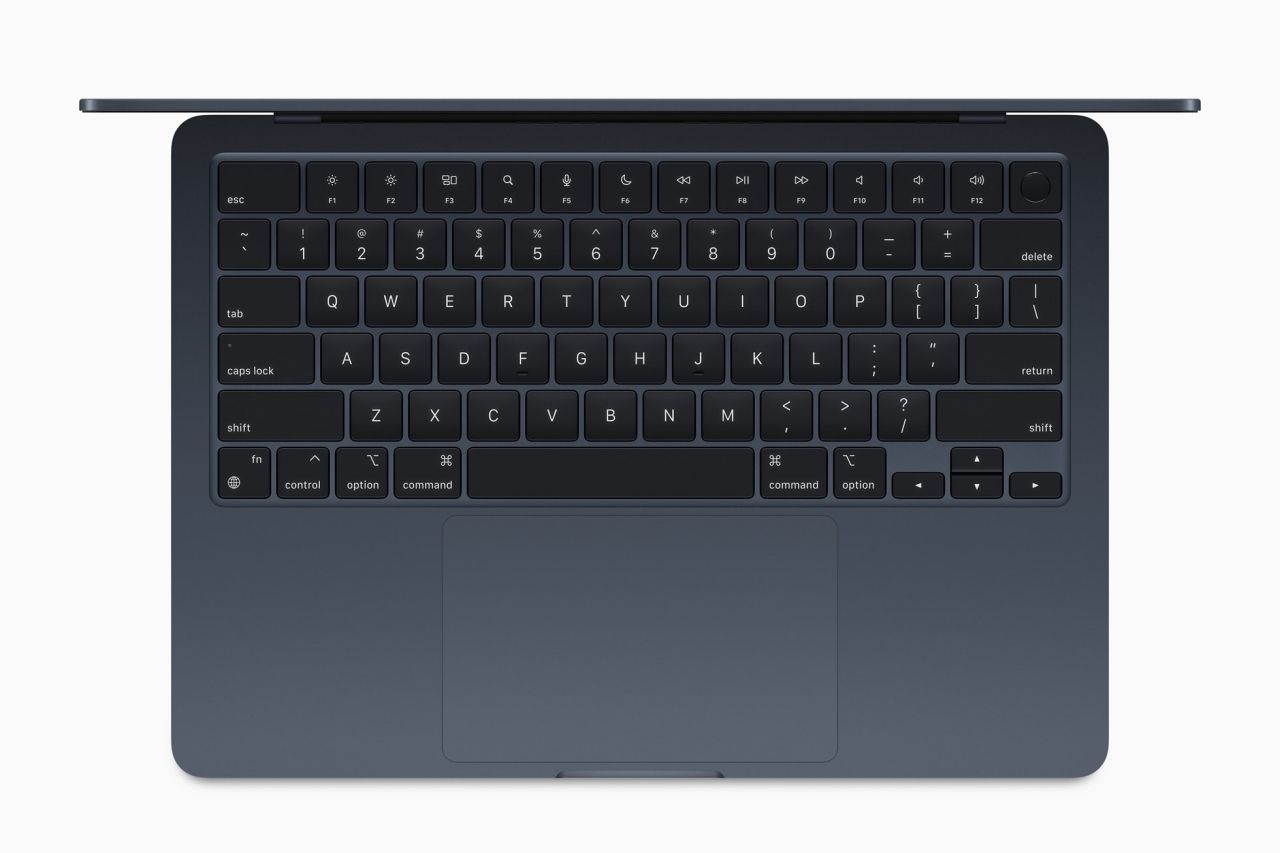Since switching to its in-house silicon chips, Apple’s MacBooks are more powerful and battery efficient than ever. If you’re in the market for a new MacBook Air, you have two options: the M2 MacBook Air or the M1 MacBook Air.
With a $200 price difference, you could be wondering whether you should pick the M2 MacBook Air or its predecessor. And if you own the M1 MacBook Air, is it worth upgrading to the M2 MacBook Air? Well, here’s a detailed comparison of the two machines to help you decide.
Design
One of the key differences between the two MacBook Air models is the design. Being the latest model, Apple tweaked the design of the M2 MacBook Air to match what we’ve seen with the redesigned 14-inch and 16-inch MacBook Pro, launched in late 2021. Apple ditched the wedge shape for a flat design with uniform thickness in an all-aluminum enclosure. Still, you should physically protect your MacBook.
The M2 MacBook Air is thinner and lighter than the M1 model. It measures 0.44 inches tall, relative to its predecessor’s 0.63-inch height (at its bulkiest point), and weighs 2.7 pounds, or 0.1 pounds less. In real life, it’s hard to notice the slight difference in weight. Speaking of slimness, the M1 MacBook Air measured just 0.16 inches at the thinnest point, so was much thinner at the thinnest point, thanks to the wedge design.
The screen bezels have been trimmed, helping the M2 MacBook Air model increase screen real estate by 0.3-inches diagonally. With its thin bezels, the M2 MacBook has a notch at the top of the display, housing the FaceTime HD camera. On the M1 MacBook Air, the FaceTime HD camera lives inside the bezel at the top.
Finally, the M2 MacBook Air ships in four colors, while its predecessor is available in three. Both ship in Space Gray and Silver, but, apart from those two, you can buy the M2 MacBook Air in Starlight ir Midnight and the M1 MacBook Air in Gold.
Display
The two models use the same IPS LED display technology. However, the display size is slightly different; the M2 MacBook Air boasts a slightly larger 13.6-inch panel with 2560x1664 pixel resolution at 224 pixels per inch. On the other hand, the M1 MacBook Air has a 13.3-inch panel with 2560x1600 pixels at 227ppi.
The display brightness on the latter maxes out at 400 nits, while the M2 MacBook Air takes it a notch further to 500 nits, matching what the 13-inch MacBook Pro offers. Both panels have True Tone technology and support for P3 wide color gamut.
Processor
As the name suggests, the M2 MacBook Air runs on the M2 chip, while the M1 MacBook Air is powered by the older M1 chip, launched in November 2020.
Thanks to the newer M2 chip, the M2 MacBook Air has massive advantages performance-wise. Apple says the M2 chip is 1.4 times faster than the M1 chip in the grand scheme of things. And if you’re coming from an older MacBook Air with an Intel chip, M2 boasts up to 15 times more speed.
The M2 chip features an 8-core CPU with up to 18% faster performance than the M1’s 8-core CPU. This is despite featuring the same arrangement of four performance cores and four efficiency cores. Paired with the CPU is an 8-core GPU that delivers up to a 35 percent boost in performance relative to the M1 MacBook Air’s 7-core GPU. If eight GPU cores are not enough for your type of work, you can choose a beefier, 10-core GPU to go with your M2 MacBook Air instead.
The M2 chip also has 25% more transistors, double the memory bandwidth (100GB/s), and support for up to 24GB of unified memory, up from a maximum of 16GB with the M1 chip. The media engine is also more powerful on the M2 chip, with support for hardware-accelerated 8K H.264 and H.265, which is not available on the M1. The M2 is also capable of handling HEVC, ProRes, and ProRes RAW. And it packs a video decode and encode engine, plus ProRes encode and decode engine.
Memory and Storage
If you need more memory, the M2 MacBook Air has you covered. It has up to 24GB of unified memory, while the M1 MacBook Air tops out at 16GB. If you don’t need that much memory, each MacBook has lower memory configurations, starting at 8GB memory. Of course, the amount of memory you need will vary depending on your applications.
Storage-wise, both models start at 256GB, and you can configure each to a maximum of 2TB.
Ports
As far as ports are concerned, both the M2 and M1 MacBook Air have two Thunderbolt 3-enabled USB 4 ports on the left and a 3.5mm headphone jack on the right. On the M2 MacBook Air, however, the headphone jack supports high-impedance headphones. In addition to those three, the M2 MacBook Air has a MagSafe port for charging.
Camera, Speakers, and Microphone
While both MacBook Air models boast stereo speakers with Dolby Atmos playback, the M2 MacBook Air steps it up with a four-speaker sound system with Spatial Audio support.
The M2 MacBook Air also has a better 1080p FaceTime HD camera for clarity, while the M1 MacBook Air has a 720p camera. However, you get the same three-mic array for better recorded sound on both.
Keyboard and Trackpad
If you want a device for simply typing away, both options have the same Magic Keyboard, with a Touch ID sensor in the top right. However, the M2 MacBook Air has slightly bigger function keys. Apple’s well-known Force Touch trackpad stays the same on both models.
Battery Life and Charging
While manufacturer predictions on battery life are not to be taken at face value, Apple maintains the same projections for the two laptops. Both can offer up to 18 hours of video playback or 15 hours of browsing the web. Surprisingly, this is regardless of the slightly bigger 52.6-watt-hour lithium-polymer battery in the M2 MacBook Air, compared to the 49.9-watt-hour battery on the M1 MacBook Air.
Moving on to the charging experience, both options have fast charging capability. However, Apple only includes a 30W or 35W USB-C power adapter out of the box. You can buy a faster 67W adapter separately to reduce charging time.
Price
The M1 MacBook Air starts at $999, and the M2 MacBook Air at $1199 for the base configurations with 8GB of RAM and 256GB of storage. A 10-core GPU variant of the M2 MacBook Air starts at $1499, while an 8-core GPU variant of the M1 MacBook Air begins at $1249.
Which MacBook Air Should You Buy?
For regular web browsing and image editing or binge-watching movies and TV shows, the base M1 MacBook Air is still sufficient. If you’re coming from an older MacBook without Apple silicon, you can pick either, depending on your applications, and you’ll still notice a massive improvement in performance.
If you already own an M1 MacBook Air, you might want to hold off first and wait for the third generation of Apple silicon chips before upgrading. Don’t be fooled by the benchmarks; the M1 MacBook Air is still a powerful laptop, especially for everyday tasks. You’re unlikely to notice a big change in performance going to the M2 MacBook—though you will notice the new design.
At the same time, if you own an M1 MacBook Air already but you need something with more performance, the M2 chip probably won’t offer a big enough improvement. Instead, you should look at the M1 Pro or M1 Max chips in the MacBook Pro models. Despite being first-generation Apple silicon chips, they still offer vastly more power than the M2.

